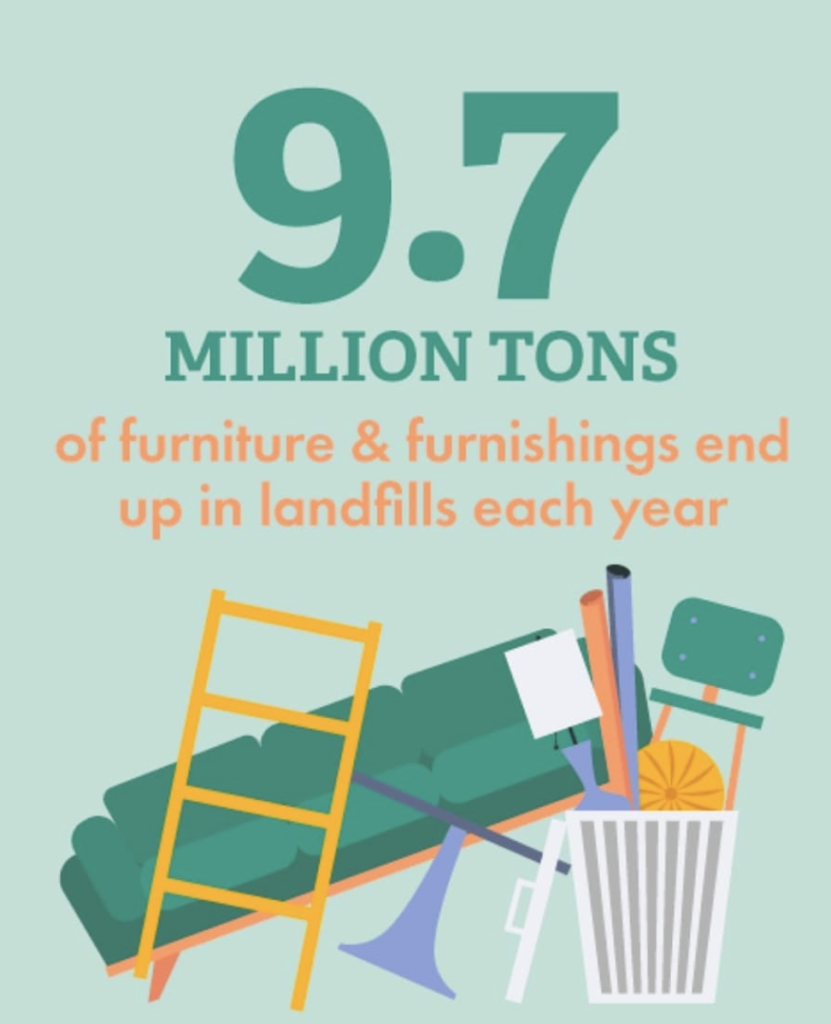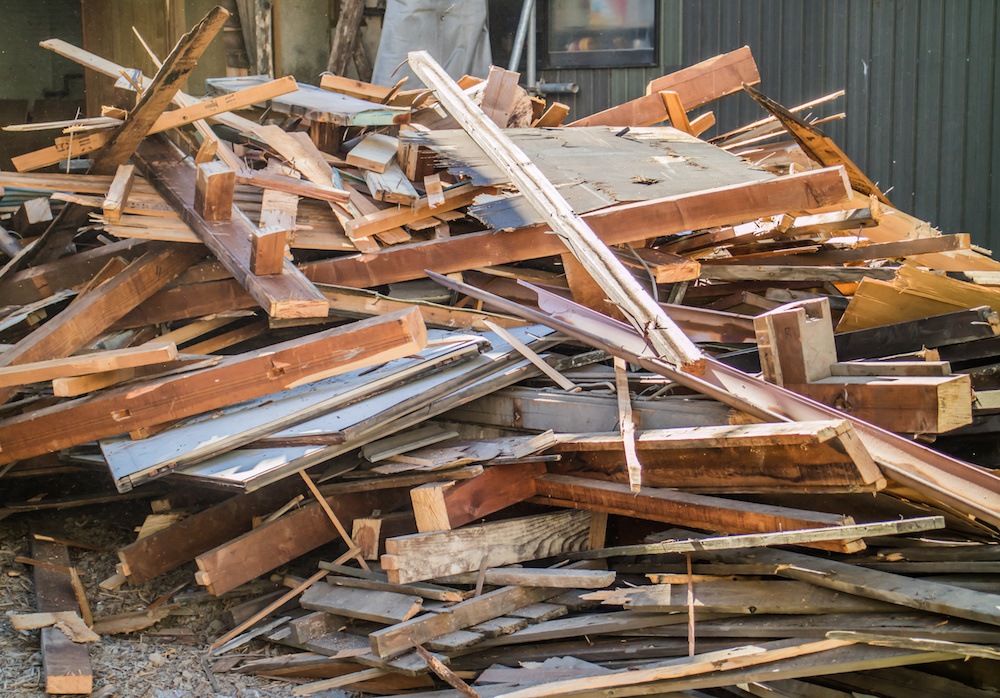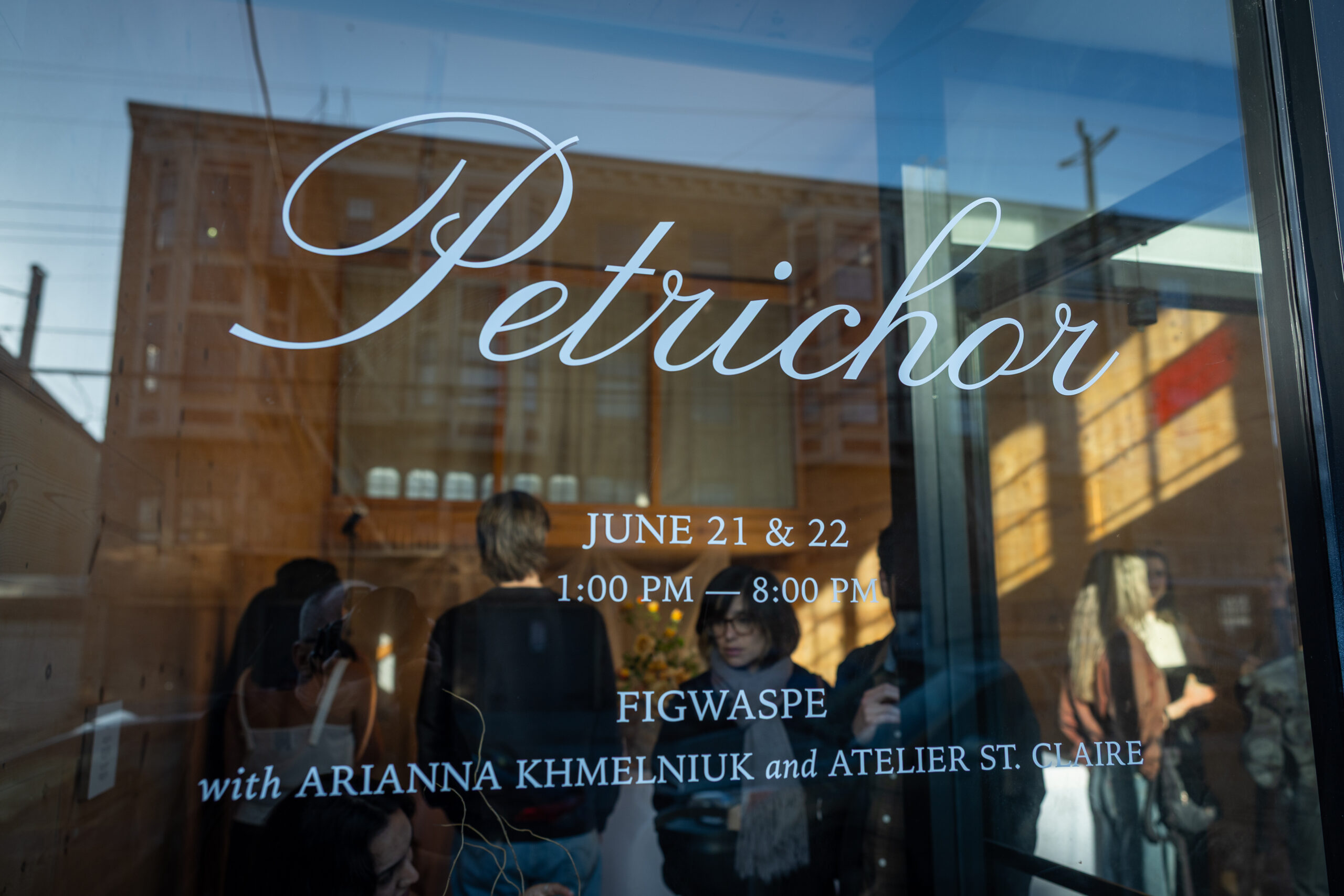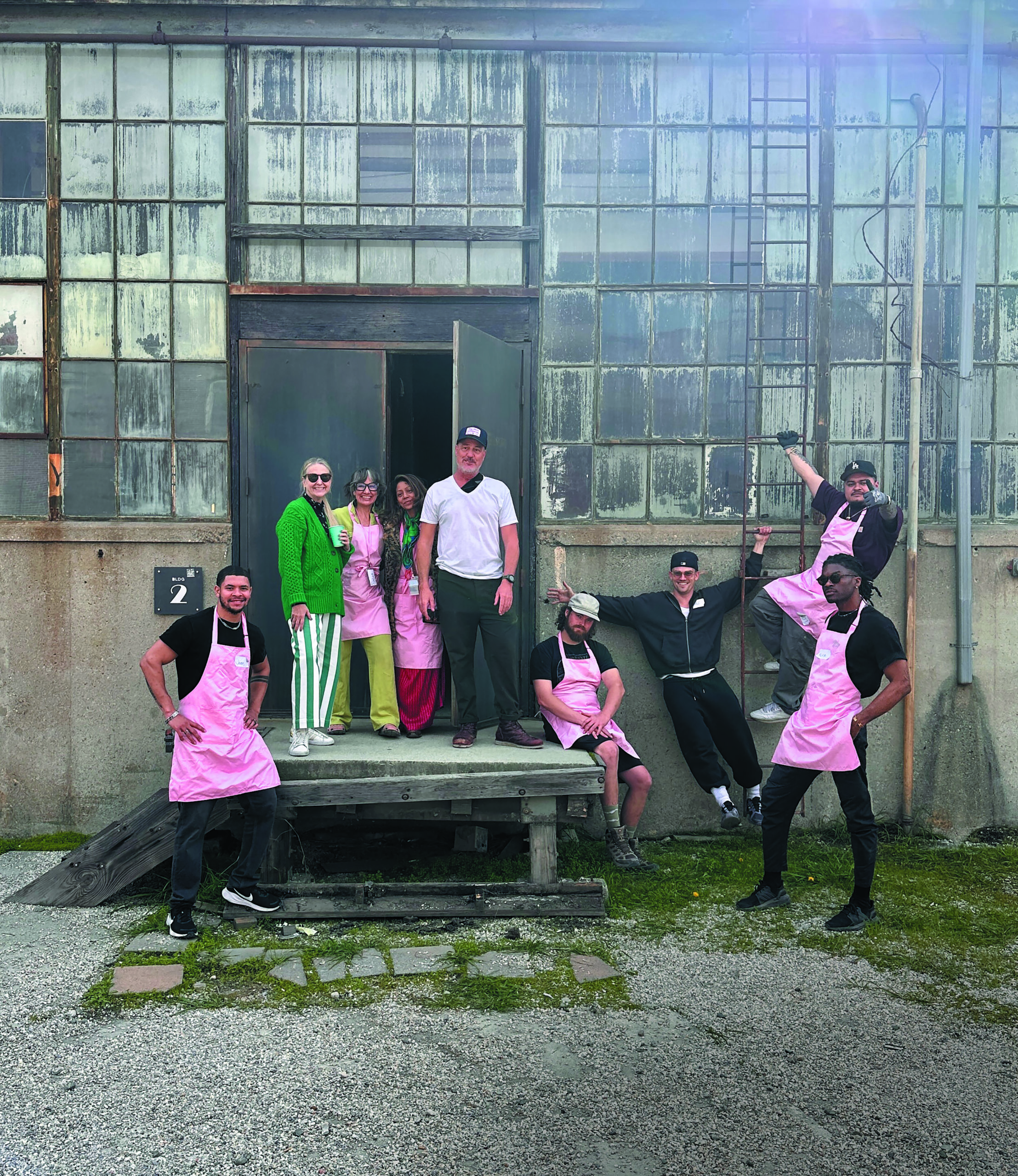Design Matters: A Time for Action
Author:Lindsey ShookKatie Storey is on a critical mission to get the design and construction industry to reduce waste.

With the ongoing threat of rising waters and persistent fires, it’s no secret we are in a climate crisis. While excessive meat consumption, casual air travel and gas-guzzling SUVs are the top contributors to this problem, excessive waste from the residential and commercial design industry is at an all-time high.
For years Bay Area designer Katie Storey struggled with this issue and knew the only way to make a real impact was to increase the industry efforts. In came her new initiative— the GFDA (Good Future Design Alliance)—an alliance of architects, builders, interior designers, makers, manufacturers and landscapers uniting to create real-world solutions for protecting the planet.
–What was the moment that inspired you to start the alliance? I was at a large commercial install in downtown San Francisco and saw packaging peanuts, plastics and Styrofoam in piles everywhere. I realized that I had a role in this waste; after all, I had purchased all this stuff for my client, and I had a bit of a breakdown. I wondered what I could do to change our industry, to make even a small improvement. I realized it wasn’t enough to make sustainability-focused, low-waste changes in just my small firm. There needed to be a greater alignment across sectors in the design industry. That was when I realized that the design industry needed a cohesive movement to make large-scale change.
Why is it so crucial to create this shift in our industry?
Let’s consider the numbers: 500 million tons of construction and demolition debris and 12.2 million tons of furniture and furnishings
end up in U.S. landfills every year. So much of this is single use.
I realize that our industry is built on consumption and that we sell new things to make a living. But it doesn’t have to be that way; we don’t have to produce so much waste. We have to figure out a way to serve our clients but also serve the planet. We can accomplish this with a few simple steps if sectors in our industry work in partnership with one another, which is what the GFDA is trying to do.
We started this as a platform through which we can figure out the solutions together. We give various sectors of the industry an action- oriented tool kit to hit their goals, but we also connect the dots. It’s this cross-pollination that I believe can elicit change in how we design, build and manufacture. Look at the companies that have led the way so far. Heath Ceramics is zero waste. Coyuchi has a fully circular economy. Herman Miller has been working on ways to minimize their environmental footprint for decades. Just imagine if other sectors of our industry join in—those in private and in huge commercial spaces. We’d make a tremendous impact.
What solutions is the alliance putting in place?
We are asking all members to commit to reducing their waste by 50 percent by 2025. That’s 50 percent fewer sofas in the landfill, 50 percent fewer packaging peanuts and 50 percent fewer teardowns. More than that, we’re asking the industry to make a huge shift in the way we do business. We’re asking people to do more than comply with regulations, to do more than the least amount required.
In exchange for membership dues, the tool kit we provide each member with includes an approved vendor list, low-waste project checklists, a database of redistribution contacts, client-education resources and member-exclusive educational events.
What is the number one change all design and building professionals can make in their work?
Start by designing for minimal waste. That might mean that, as an interior designer, you plan to buy more secondhand furniture on your next project. It might mean that as an architect, when viable, you advocate to use the good bones and incorpo- rate the architectural details into the renovation. As a manufacturer, it might mean rethinking the materials you use to ship your product or com- ing up with a program to repair items when they break. Also, go above and beyond what is regulated or mandat- ed. All of us doing the bare minimum is not enough. We need to think, and act, bolder if we’re going to make a lasting impact.






